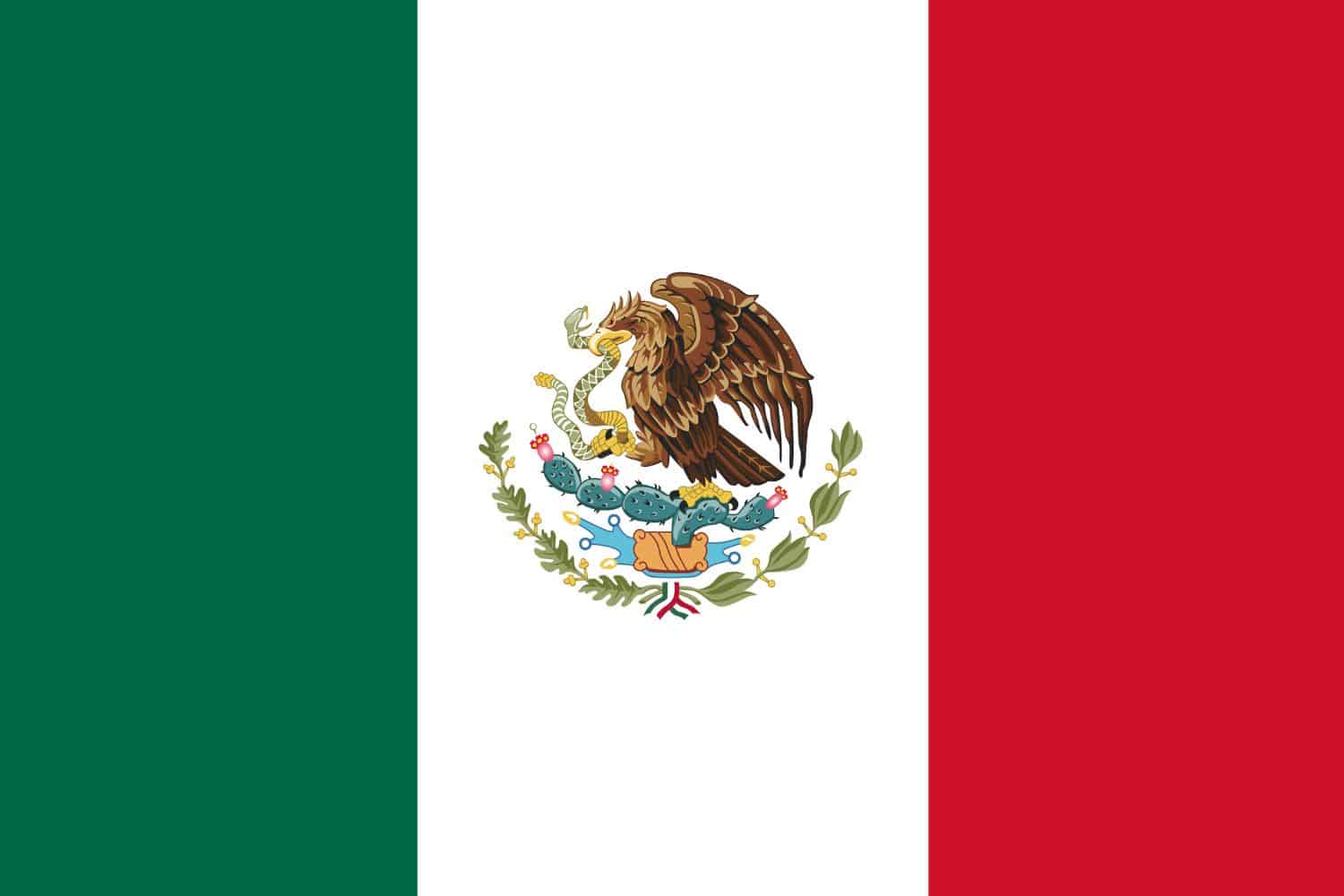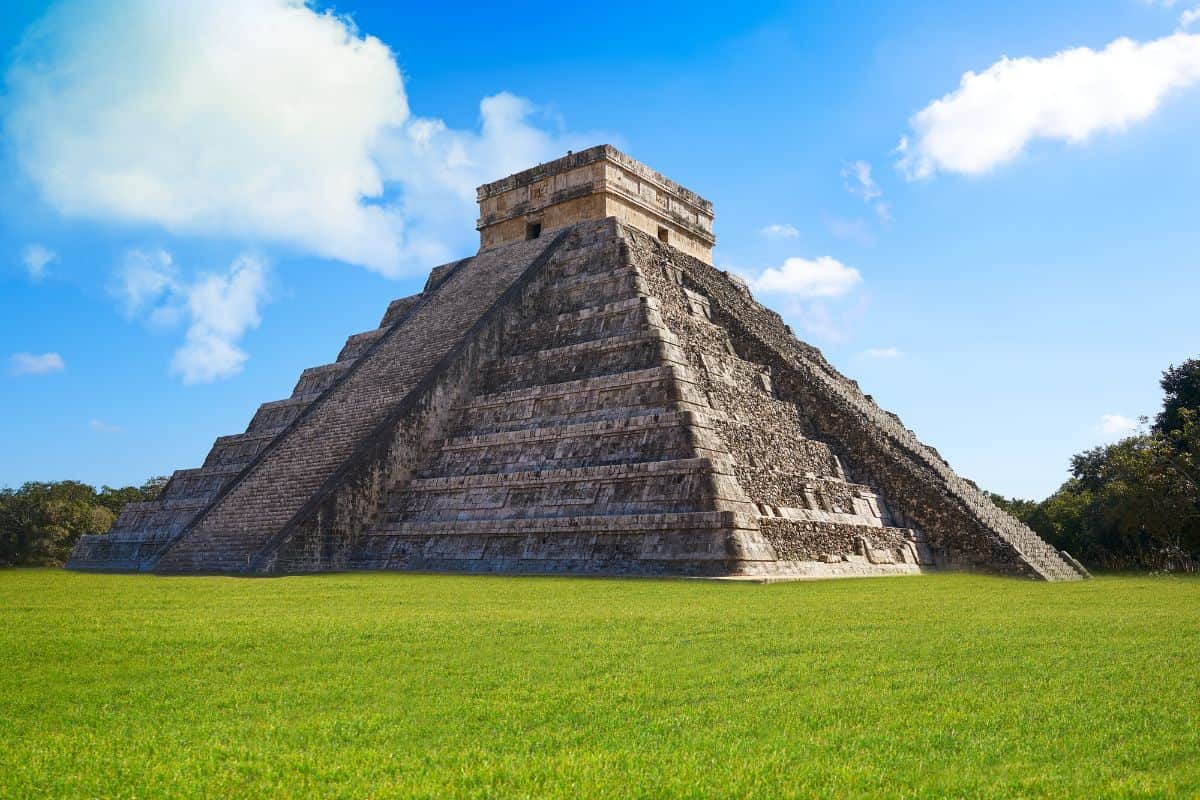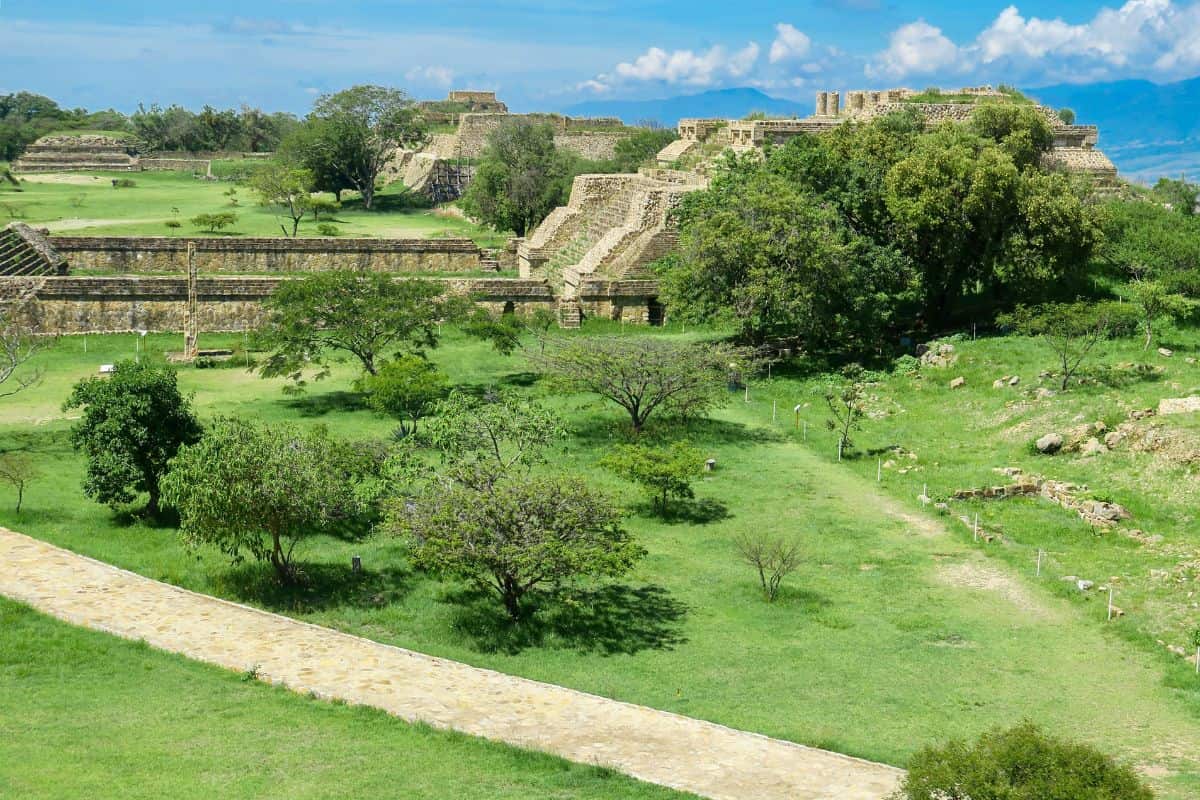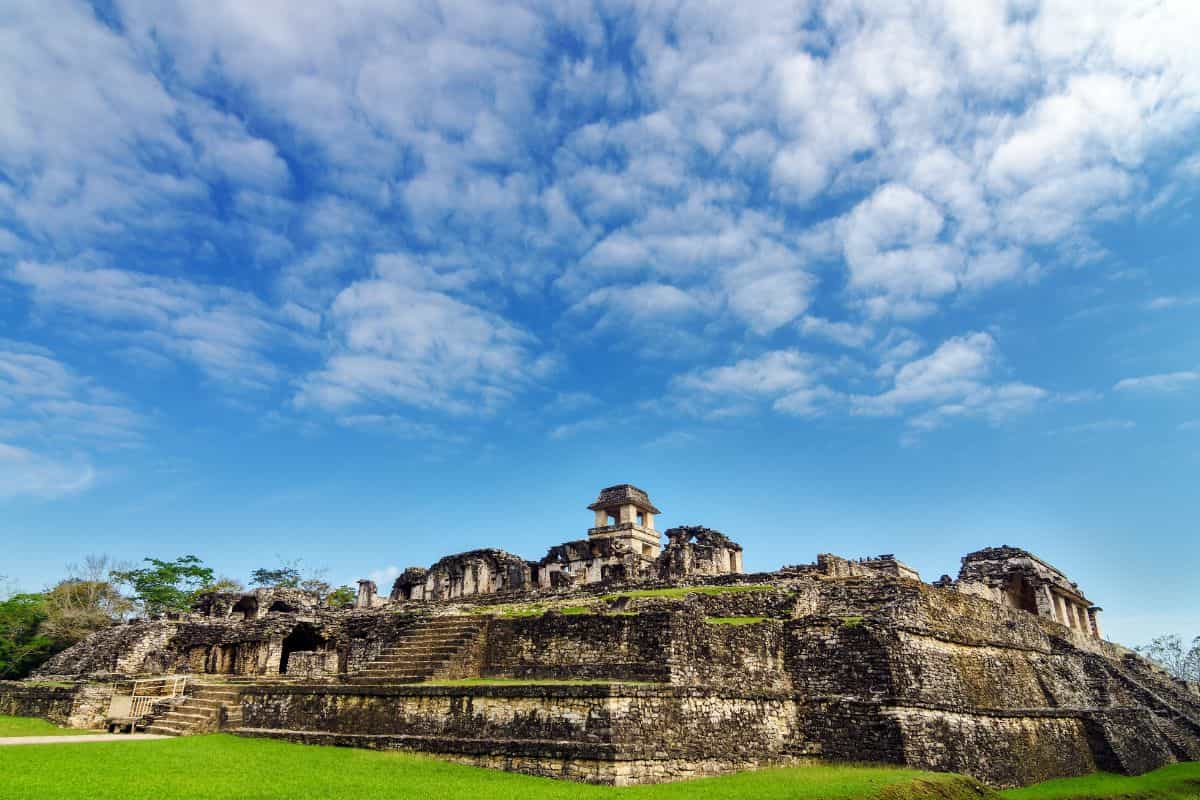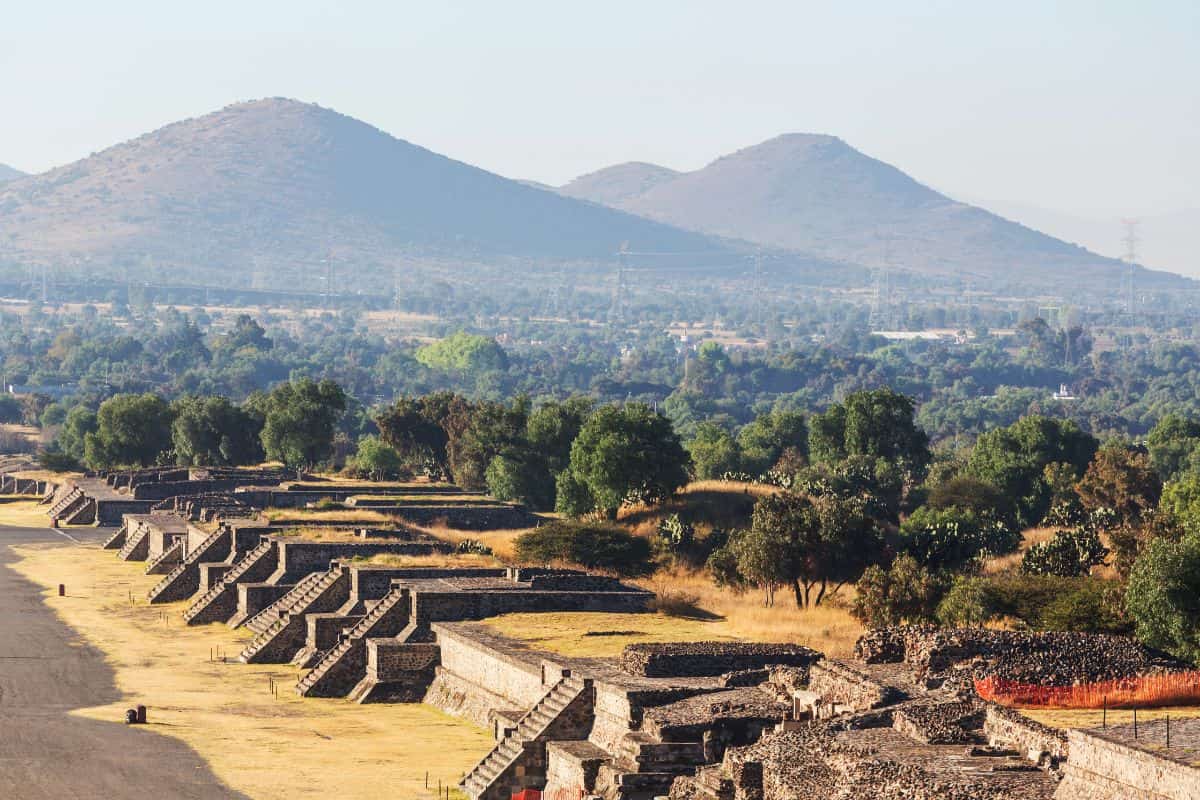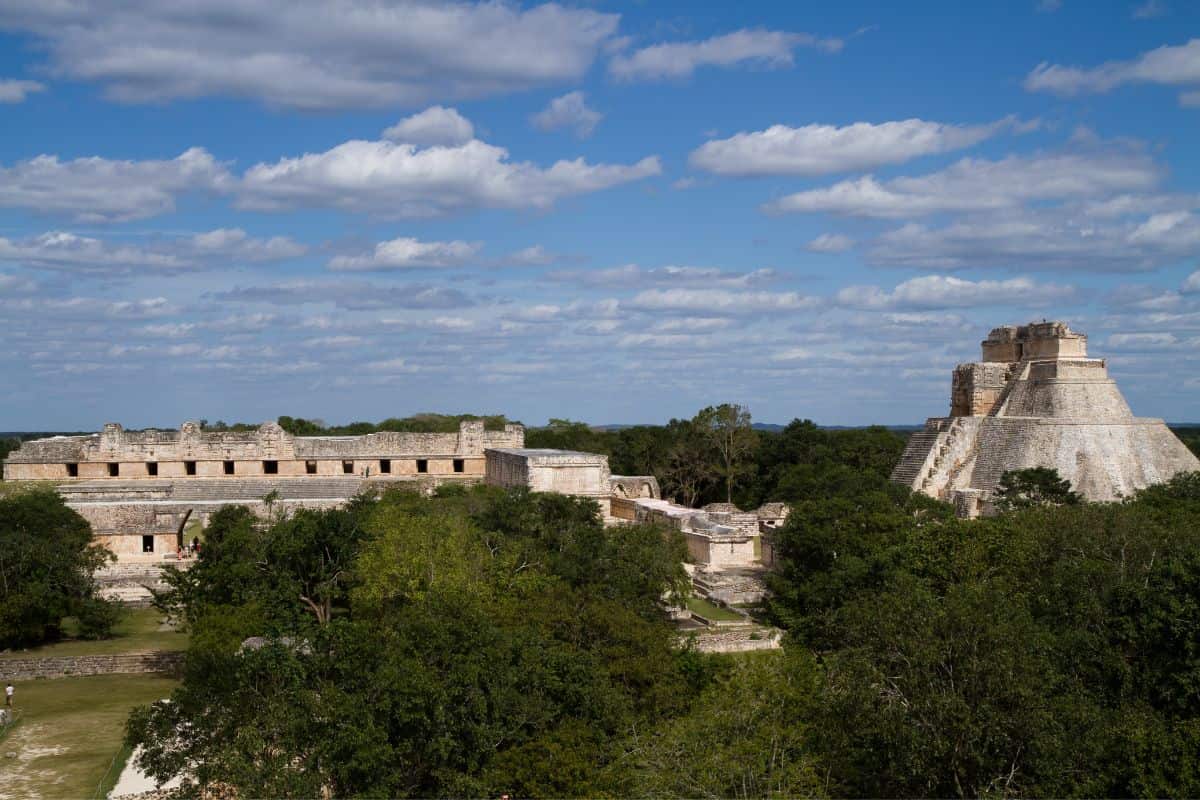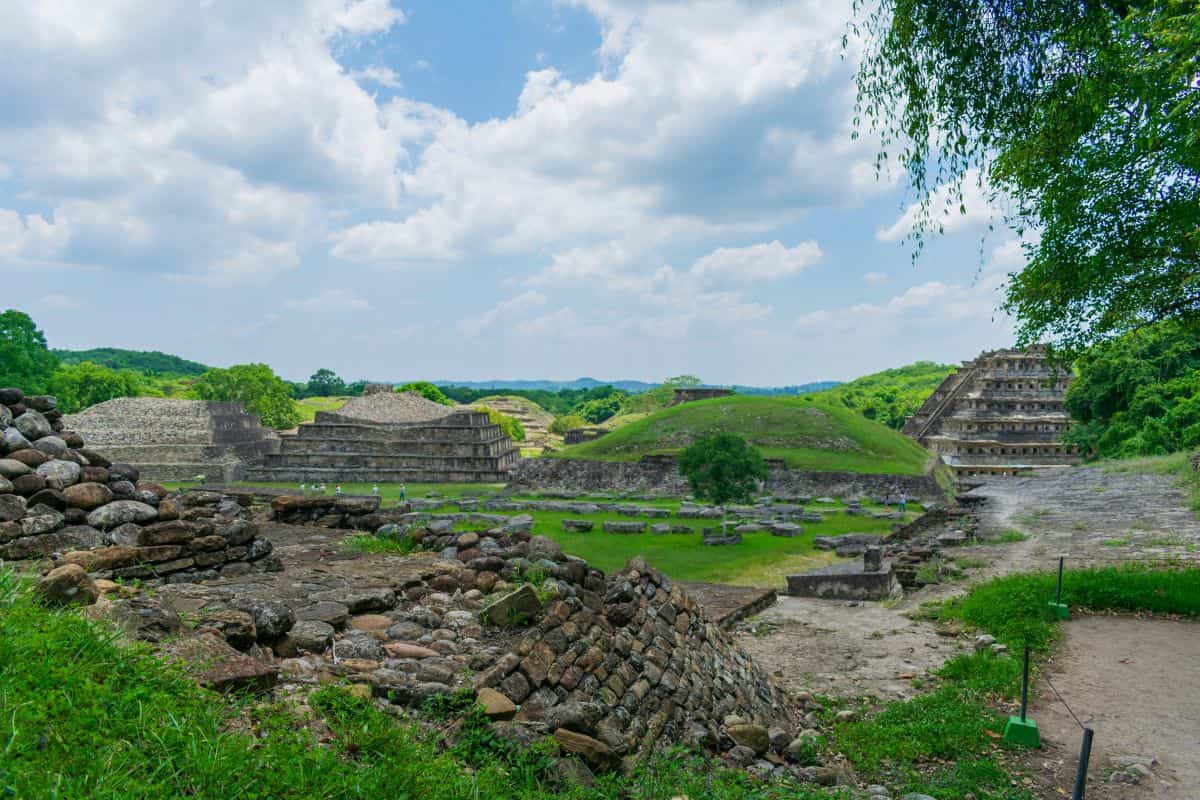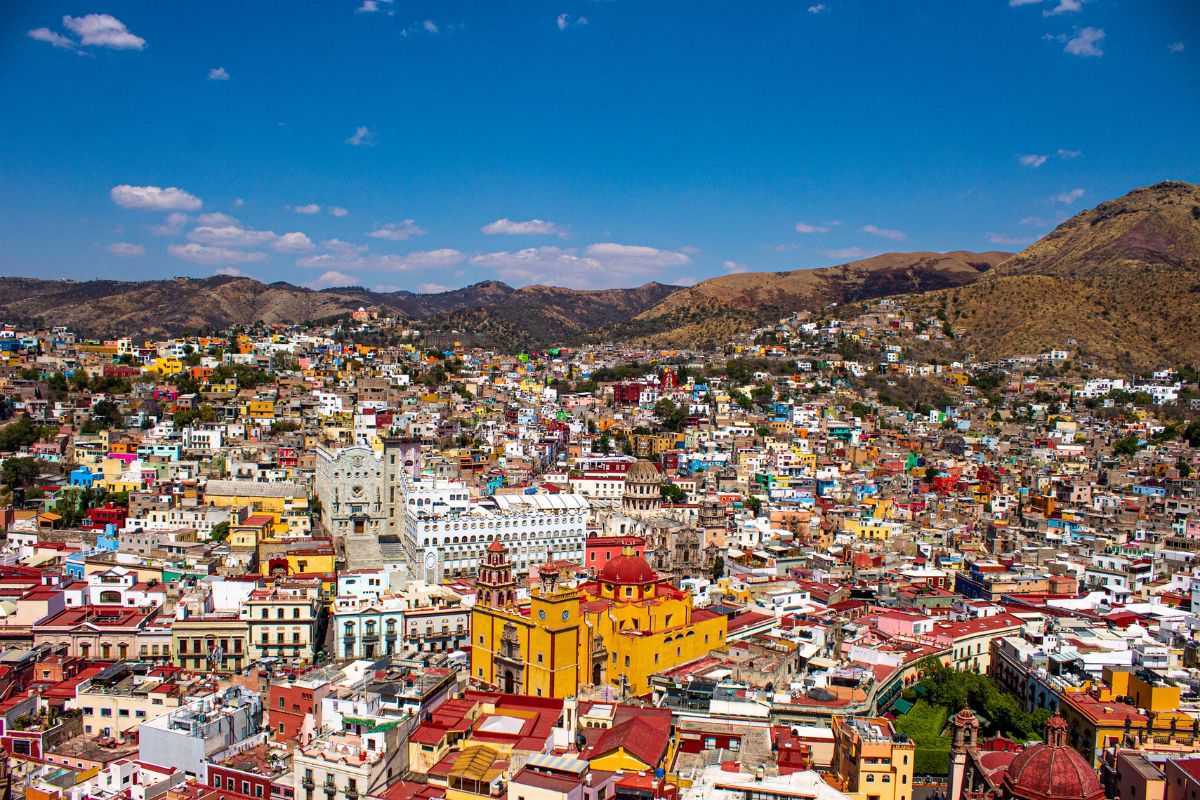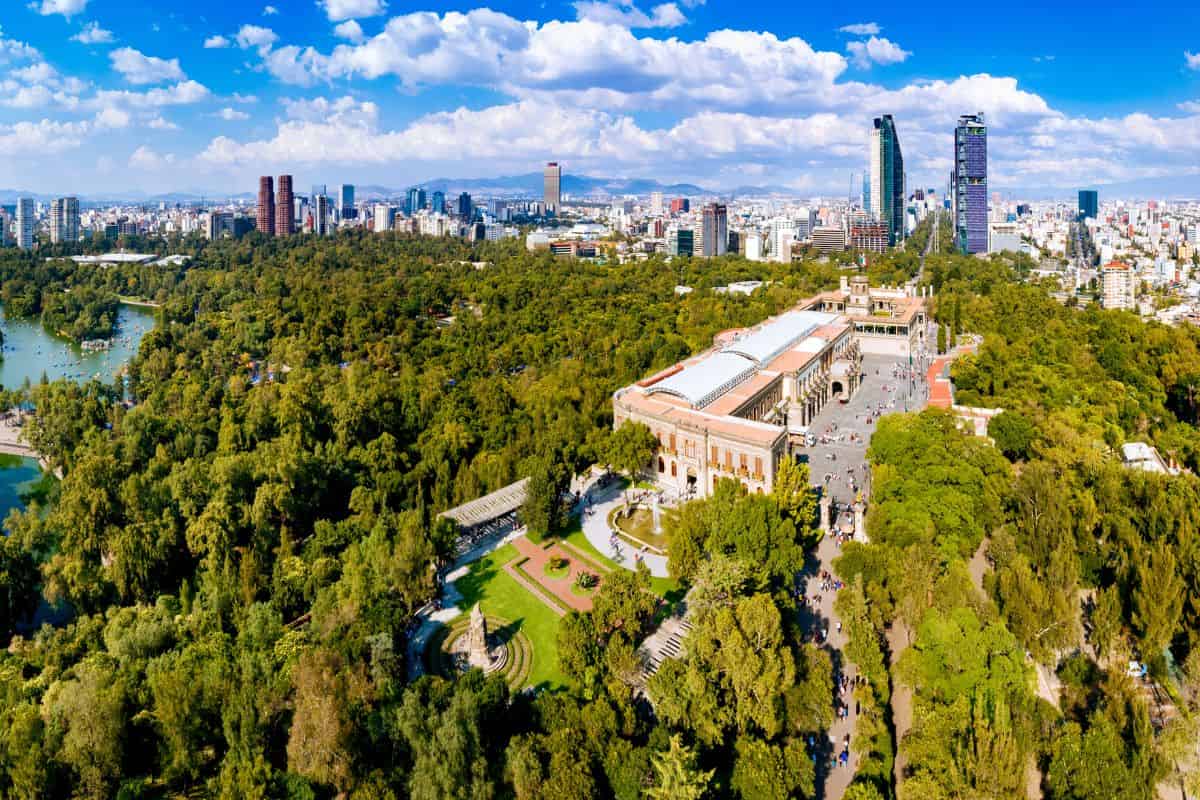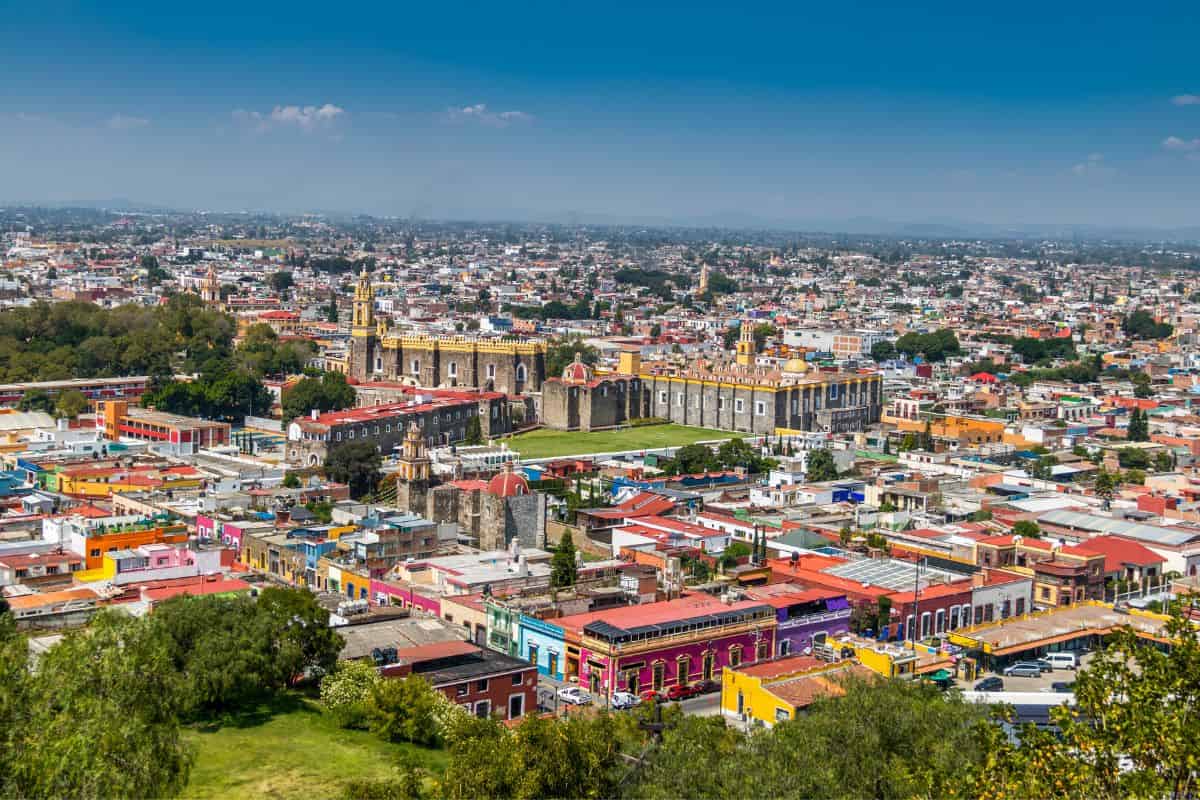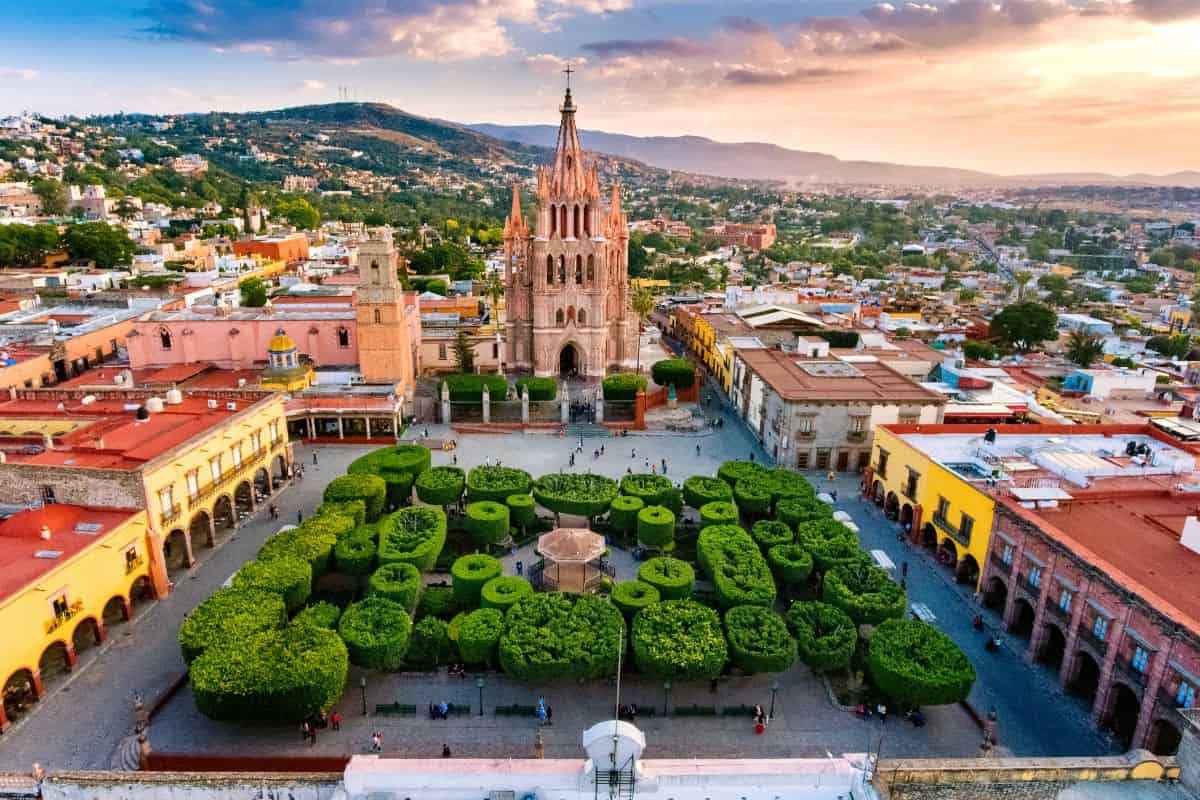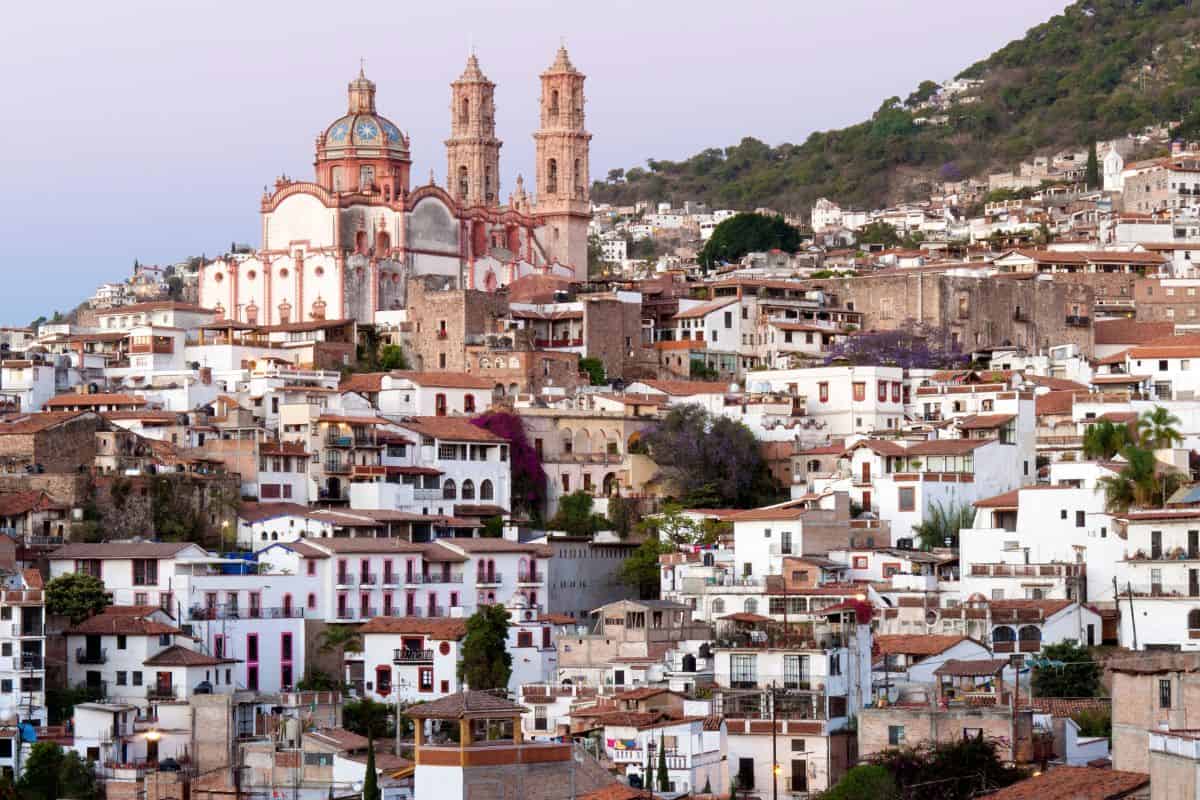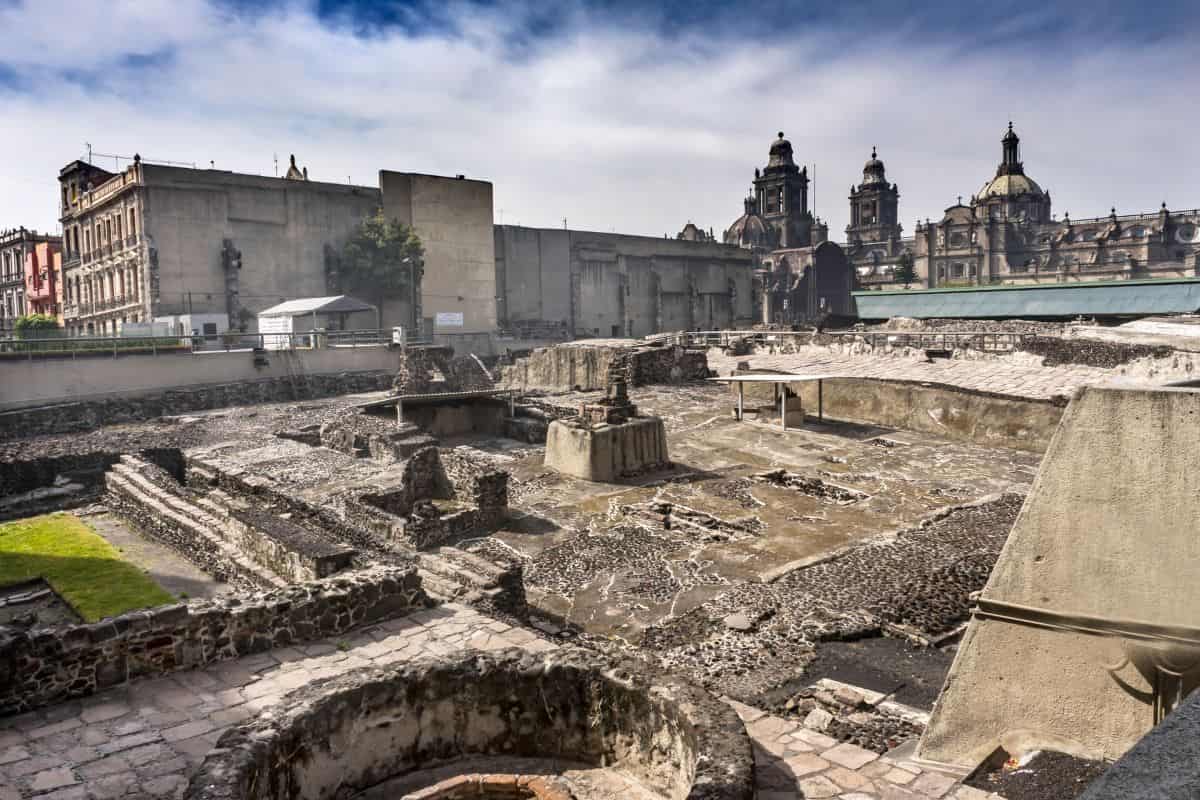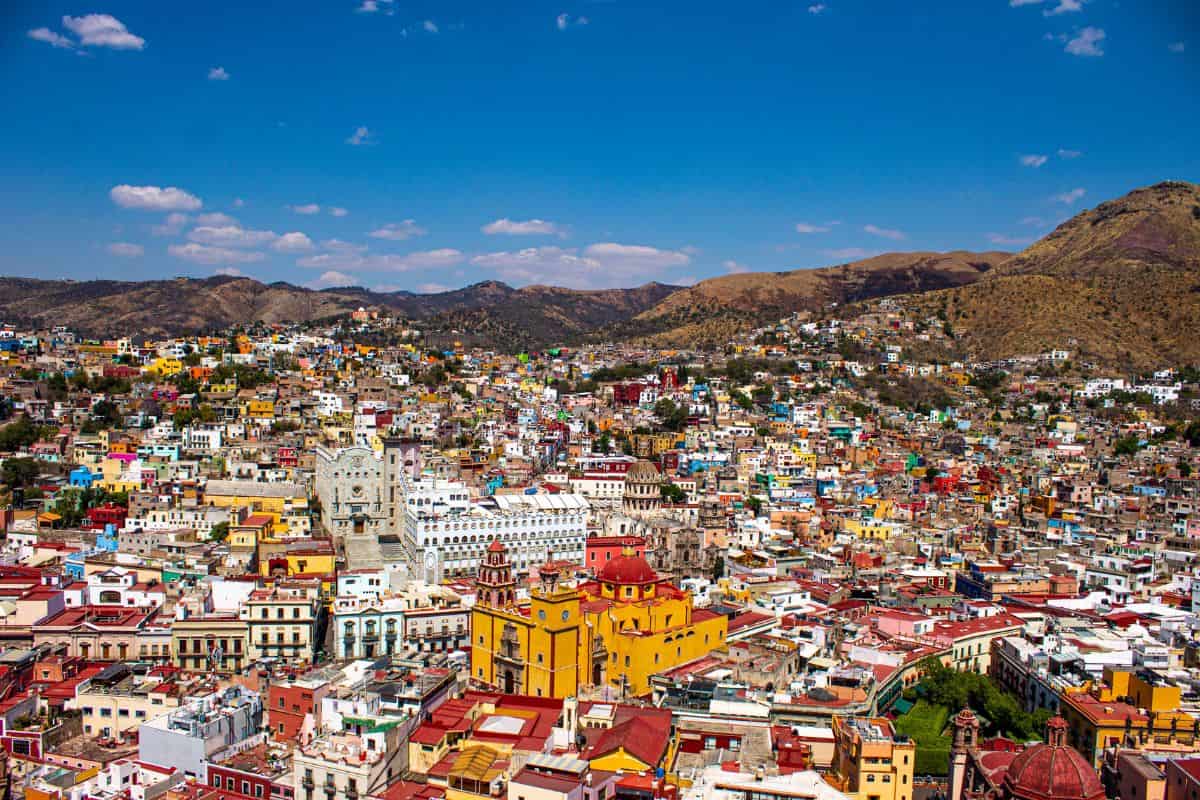The Mexican flag, also known as the flag of Mexico, holds a significant place in the nation’s history and culture. With its vibrant colors and meaningful symbolism, it represents the Mexican identity and heritage. In this article, we will delve into the intriguing aspects of the Mexico flag, its design, historical background, and the symbolism behind its elements.
The Mexico flag features three vertical stripes in green, white, and red, with an eagle perched on a cactus, holding a serpent in its beak and talon at the center of the white stripe. The green color symbolizes hope and independence, white represents purity and faith, and red stands for the blood shed by Mexican heroes.
Mexico Flag: Colors and Symbolism
- The flag of Mexico features three vertical stripes in green, white, and red. At the center of the white stripe is an emblem of an eagle on a cactus, holding a serpent.
- The green color symbolizes hope and the quest for independence.
- The white color represents purity, faith, and the unity of the Mexican people.
- The red color stands for the blood shed by the nation’s heroes and their sacrifices for the country.
- The central emblem, showcasing the eagle and serpent, is rooted in an Aztec legend and holds historical and cultural significance in the Mexican tradition.
- The flag’s design reflects the nation’s aspirations, cultural heritage, and unity among the Mexican people.
Flag of Mexico
The flag stands as a powerful symbol that encapsulates the cultural significance and spirit of the nation. Its design consists of three vertical stripes in green, white, and red. In the center of the white stripe is the Mexican coat of arms, featuring an eagle perched on a cactus with a snake in its beak. The green color symbolizes hope and independence, the white represents purity and unity, and the red stands for the blood shed by the Mexican heroes. The coat of arms holds historical and cultural significance, representing an ancient Aztec legend about the founding of Tenochtitlán, now Mexico City.
The history of the flag is intertwined with Mexico’s rich heritage and its quest for freedom and identity. Adopted on September 16, 1821, the flag represents the unity and aspirations of the Mexican people.
Beyond its aesthetics, the flag from Mexico carries deep symbolic meanings. The colors reflect the values and aspirations of the Mexican people, symbolizing hope, unity, and the sacrifices made for the country’s independence. The coat of arms at its center represents an ancient Aztec legend, a symbol with historical and cultural significance in Mexican tradition. It embodies Mexico’s cultural heritage and serves as a reminder of the nation’s resilience and unity.
National Flag Etiquette and Protocol
Respecting the proper usage and display of the Mexican flag is of utmost importance. Understanding flag etiquette is essential, especially during national events and ceremonies. Learn about the protocols governing the handling, hoisting, and lowering of the flag. Discover the appropriate procedures for retiring or handling damaged flags, ensuring they are accorded the respect they deserve.
- Proper Handling: The Mexican flag should be handled with care and respect, ensuring it is not allowed to touch the ground or floor. It should be held upright and not dragged.
- Hoisting and Lowering: When hoisting the flag, it should be raised briskly and lowered ceremoniously. It is customary to hoist the flag at sunrise and lower it at sunset, although this may vary depending on the occasion or specific guidelines.
- Displaying the Flag: The Mexican flag should be displayed with the green field on the left when hung vertically, and the eagle in the center. It should be flown freely and not entangled or obstructed.
- Half-Staff: Lowering the flag to half-staff is a gesture of mourning or respect. This should be done on specific days of remembrance or when directed by authorities to honor national tragedies or the passing of significant figures.
- Flag Retirement: When a Mexican flag becomes damaged, torn, or worn out, it should be retired in a dignified manner. This can involve burning it in a respectful and solemn ceremony, following appropriate guidelines and local regulations.
- Flag Size and Placement: The size of the Mexican flag displayed should be proportionate to the size of the flagpole or display area. It is recommended to consult local guidelines or authorities for specific rules regarding flag size and placement.
- Respectful Disposal: If a flag cannot be retired through burning, it should be disposed of in a respectful manner. This can involve burying it or handing it over to authorized organizations that specialize in flag disposal.
Interesting Facts and Trivia
Embark on a journey of fascinating facts and lesser-known trivia about the Mexican flag. Discover unique features within the flag’s design that hold hidden symbolism. Uncover stories of famous incidents or events involving the flag that have left an indelible mark on the nation’s history and identity.
Rich Tapestry of History
- 1821: The current flag of Mexico was adopted on September 27, symbolizing the unity and aspirations of the Mexican people.
- Colors and Symbolism: The green color represents hope and independence, white stands for purity and Catholic faith, while the red color symbolizes the blood shed by the Mexican people for their nation. At the center, the emblem showcases an eagle devouring a serpent atop a cactus, a representation of the country’s Aztec heritage.
- Eagle and Snake: The emblem at the center of the flag draws from an ancient Aztec legend, signifying the founding of Tenochtitlán, modern-day Mexico City.
- National Identity: The flag embodies Mexico’s rich history, cultural heritage, and the nation’s ongoing pursuit of unity, prosperity, and renewal.
These historical facts highlight significant moments in the history of the Mexican flag, showcasing its role in shaping Mexico’s national identity and symbolizing its struggles and aspirations throughout the years.
Flag-Related Symbols and Emblems
A flag is not alone in representing the nation’s identity. Explore additional national symbols and emblems closely associated with Mexico, understanding their significance and how they relate to the flag. Delve into their historical and cultural roots, further enriching your understanding of Mexico’s heritage. It’s easy to travel and make a Mexico tour to visit the country’s best destinations.
Symbolisms of the Mexican Flag
The flag of Mexico holds several symbolic elements that represent the nation’s history, values, and aspirations. Here are the symbolisms of the Mexican flag presented in itemized form:
- Green Color: Represents hope and independence.
- White Color: Symbolizes unity and the purity of the nation’s ideals.
- Red Color: Represents the blood shed by Mexican heroes and the people’s effort to create a nation.
- Eagle, Snake, and Cactus: A central emblem that illustrates an ancient Aztec legend, depicting an eagle devouring a snake atop a cactus, which marked the spot where Mexico City was founded.
- Flag’s Design: Reflects Mexico’s aspirations, cultural heritage, and unity among the Mexican people.
- National Identity: The flag serves as a powerful symbol that unifies the Mexican people, reminding them of their shared heritage and cultural identity.
- National Aspirations: Through its design and elements, the flag embodies the aspirations and values of the Mexican nation, including independence, unity, and bravery.
These symbolisms in the flag contribute to the country’s sense of identity and pride, reflecting its historical journey and cultural significance.
Flags of Similar Countries or Regions
Examining the flags of neighboring countries or regions can provide intriguing insights. Compare and contrast the flags, exploring similarities in design, colors, or symbolism. Uncover historical and cultural connections between flags, shedding light on shared influences or distinctive identities.
Mexican Flag vs Guatemalan Flag
Similarity: Both flags feature a tricolor design.
Difference: The Guatemalan flag has blue and white vertical stripes, whereas the Mexican flag is comprised of green, white, and red vertical stripes. Mexico’s flag also features an eagle on a cactus with a snake in its mouth in the center.
Mexican Flag vs Belizean Flag
Similarity: Both flags contain the color red.
Difference: The Belizean flag has a blue field with red stripes at the top and bottom and includes a coat of arms in the center.
Mexican Flag vs American Flag
Similarity: Both flags contain red, white, and blue colors.
Difference: The American flag is made up of thirteen alternating red and white stripes and a blue field with fifty white stars.
Mexican Flag vs Canadian Flag
Similarity: Both flags have a central emblem.
Difference: The Canadian flag is red with a central white square featuring a red, stylized, 11-pointed maple leaf.
Mexican Flag vs Cuban Flag
Similarity: Both flags contain blue, white, and red colors.
Difference: The Cuban flag features alternating blue and white stripes with a red equilateral triangle at the hoist bearing a white star.
Mexican Flag vs Honduran Flag
Similarity: Both flags feature a tricolor design.
Difference: The Honduran flag has blue and white horizontal stripes, with five blue stars arranged in an X pattern in the white stripe.
Frequently Asked Questions (FAQs)
Discover answers to common questions related to the Mexico flag picture. From its historical origins to the symbolism behind its elements, find concise and informative responses that address inquiries commonly posed by those curious about Mexico’s flag.
What do the colors of the Mexican flag represent?
The green stands for hope and independence, the white symbolizes purity and religion, and the red represents the blood of national heroes and unity.
What is the emblem in the center of the flag?
The emblem depicts an eagle perched on a prickly pear cactus, holding a snake in its talon and beak. It’s based on an Aztec legend about the founding of Tenochtitlan.
When was the current design of the Mexican flag adopted?
The current design was adopted on September 16, 1968, though the basic tricolor design dates back to 1821.
Has the design of the emblem in the center of the flag evolved over time?
Yes, the design of the eagle and its posture have undergone several modifications since the flag’s inception in the early 19th century.
Is it true that the Mexican flag has an official salute?
Yes, there’s an official salute called the “Bellamy Salute” that’s given to the flag during the pledge of allegiance and the national anthem.
How is the Mexican flag displayed on national holidays?
On national holidays, the flag is hoisted at full mast. On days of national mourning, it’s hoisted at half-mast.
Are there any rules and regulations about using the Mexican flag?
Yes, the Law on the Coat of Arms, Flag, and National Anthem provides guidelines on how the national symbols can be used, including specific days they should be flown and how they should be displayed.
Is the Mexican flag the same as the Italian flag?
While both flags use green, white, and red vertical stripes, they are not the same. The shades of the colors are different, and the Mexican flag features the central emblem of the eagle on a cactus.
Who designed the Mexican flag?
The basic tricolor design was conceived by the insurgent leader Miguel Hidalgo at the beginning of the Mexican War of Independence. The current emblem’s design was a collaborative effort over the years.
How should the Mexican flag be folded?
The flag should be folded in a specific manner that ensures the emblem remains visible. This is a sign of respect and to preserve the dignity of the flag.

